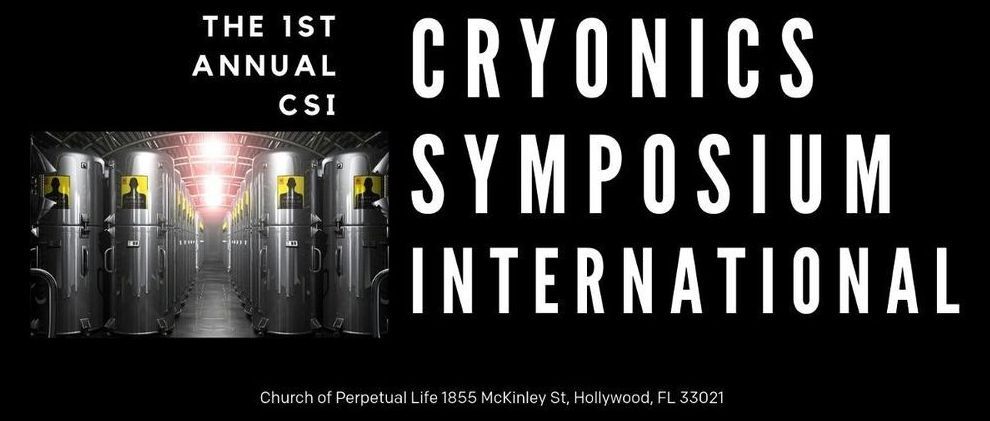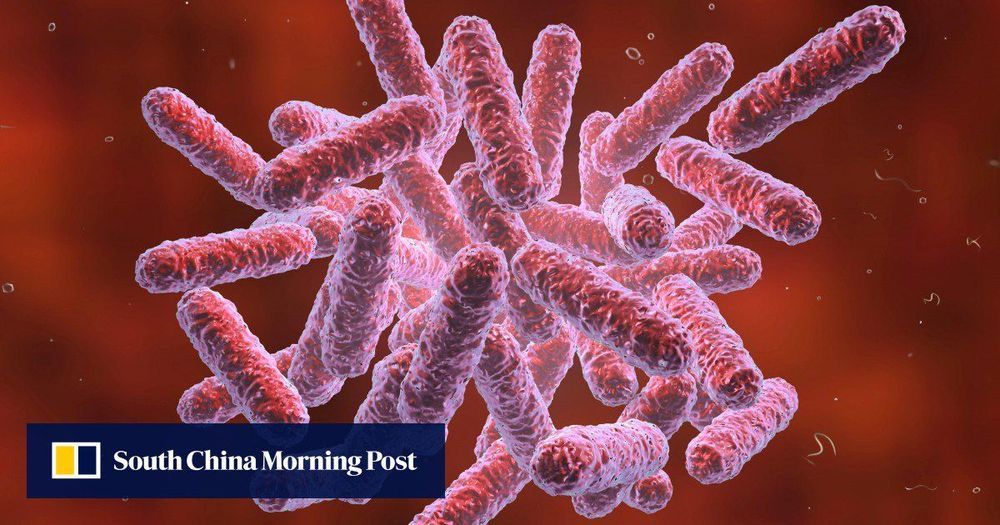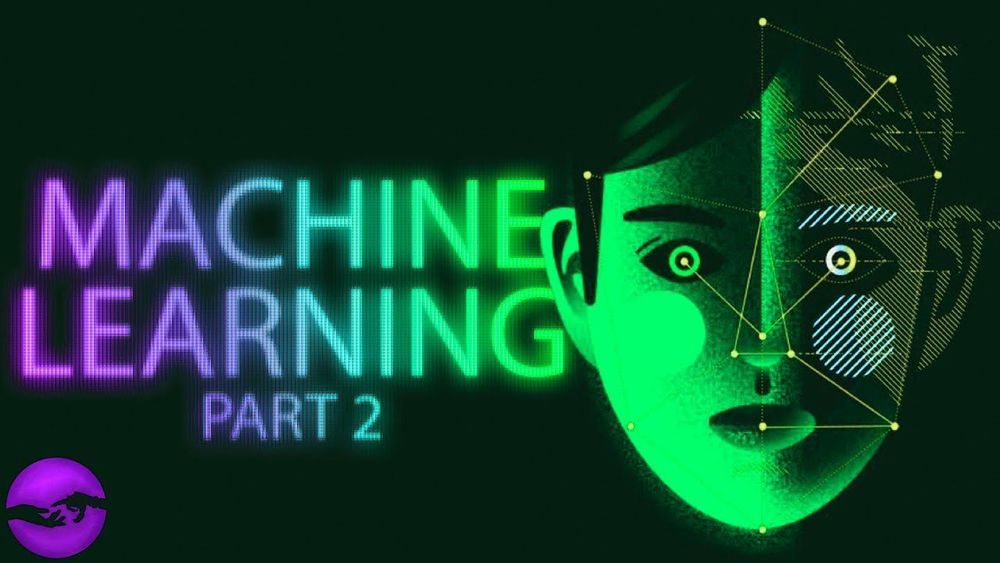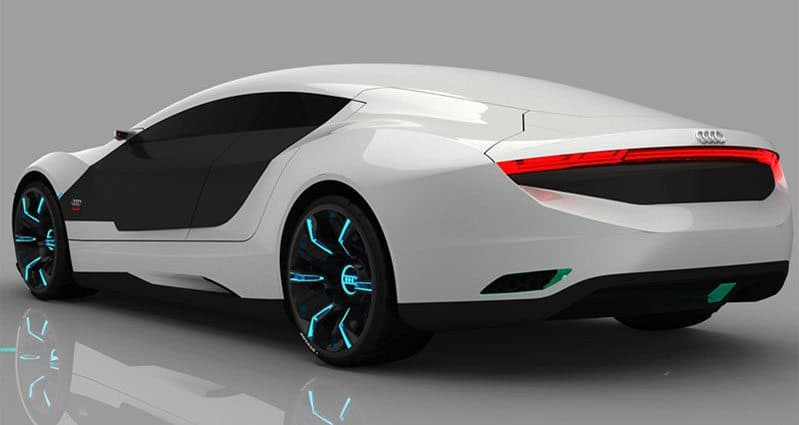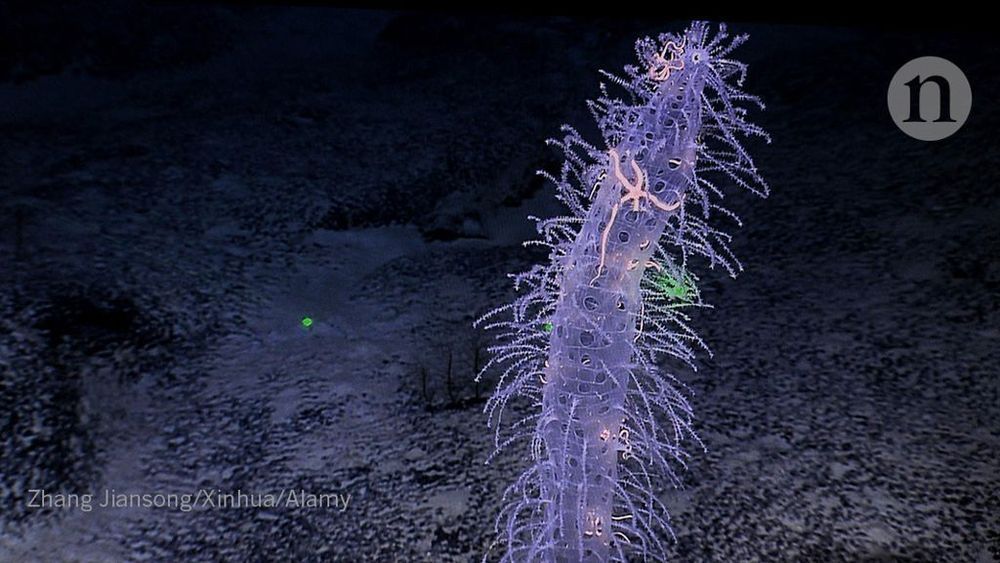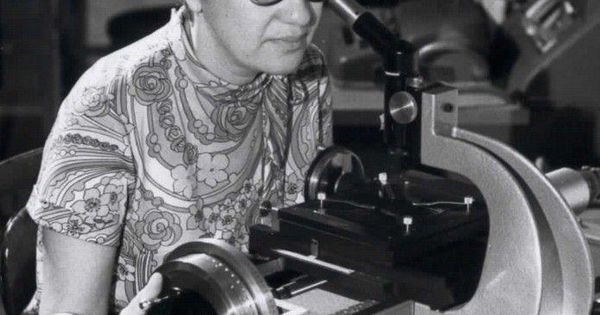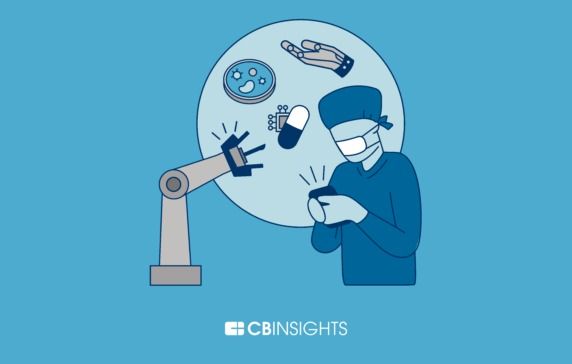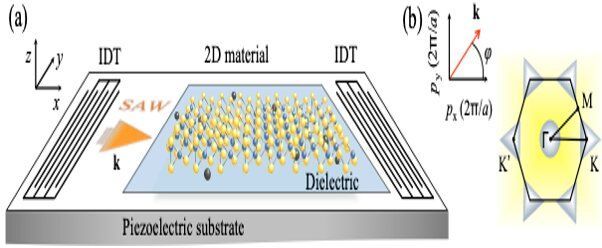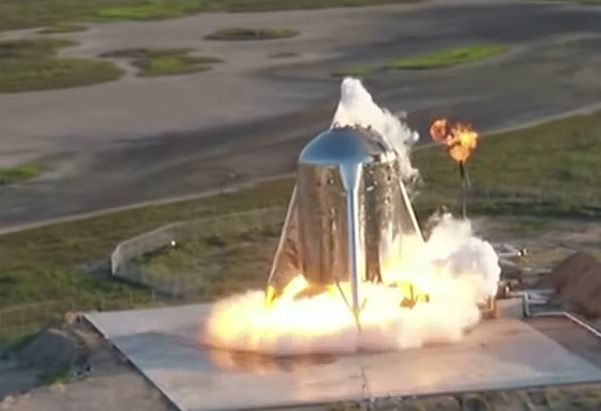Are you Cryo-Curious? Learn about the real facts of cryonics at the first Cryonics Symposium International.
The mission of Cryonics Symposium International is to bring leaders in the cryonics community together to learn from each other and promote the emerging science of cryonics.
With master-of-ceremonies Rudi Hoffman, the first time ever assembly of luminaries from different cryonics organizations will be presenting on the concepts behind the science and research of cryonics at the Church of Perpetual Life in Hollywood, Florida on Saturday, July 27th from 10 AM — 5 PM. The Church is located at 1855 McKinley St, Hollywood, FL 33021. This historic event is free-of-charge: donations are graciously accepted. Attendees will enjoy complimentary meals for the duration of the event. Seats are limited. RSVP is required via Eventbrite https://www.eventbrite.com/e/cryonics-symposium-internationa…———-
